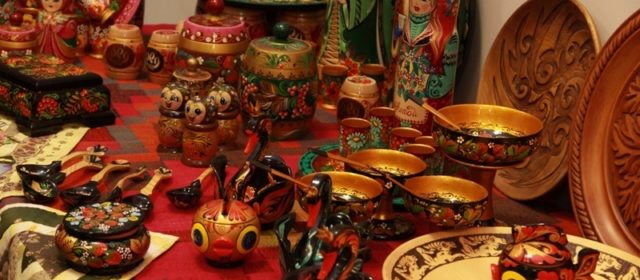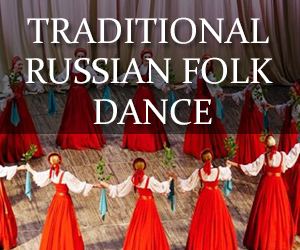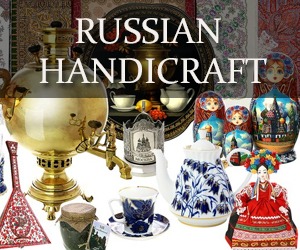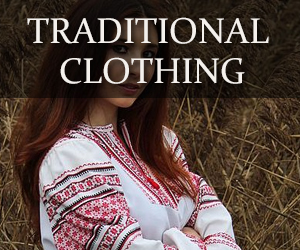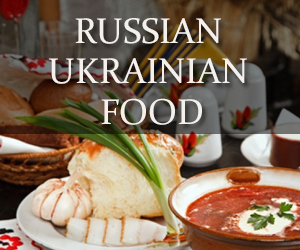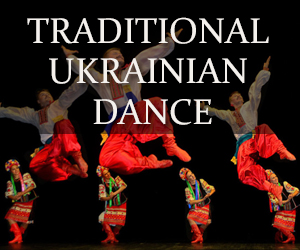Some forms of Russian handicraft are well known worldwide, while others are unfamiliar outside of Russia. Every one knows about the famous Matryoshka, or Russian Nesting Doll. Fewer people associate intricately woven lace, hand painted porcelain, wood work, or enamel jewelry with Russian Folk Art.
Below we have descriptions and examples of some of Russia’s most cherished handicrafts.
Those interested in Russian handicraft, may also want to check out Ukrainian Folk Art.
Gzhel
A style of Russian ceramic, Gzhel gets it’s name from a village (in the Moscow Oblast) where pottery has been produced since the 14th century. The distinctive blue on a white (tin-glazed) surface originated in the 1830s. Today roughly thirty villages southeast of Moscow produce the unique Russian handicraft, shipping it domestically and abroad.
Palekh
Palekh are small paintings (often of Russian fairy tales or literary works), which are produced with tempera paints on varnished boxes or cases made of papier-mâché.
Zhostovo Painting
Zhostovo Painting is a traditional Russian folk art in which metal trays are painted with lovely floral designs. The handicraft is still produced in the village of Zhostovo (Moscow Oblast).
Vologda Lace
Dating back to the 17th century, Vologda Lace was originally woven from gold and silver for the garments of nobility and church hierarchy. Today Vologda Lace has gained worldwide attention for its rich, decorative patterns and smooth lines.
Dymkovo Toy
Molded, painted clay figures that are sometimes in the form of a pennywhistle. The Russian handicraft is still produced, according to tradition, in the village of Dymkovo (near Kirov).
Tula Samovar
A traditional craft of the Tula region, the Samovar was originally produced as a practical device – to boil water, make tea and coffee. Today, although functional, they serve more of an ornamental role.
Khokhloma
Known for their colorful patterns of red and gold, Khokhloma are painted ornamental dishes, spoons and bowls. The name itself is derived from the name of the settlement where the craft got its start (in the Nizhny Novgorod Oblast), as far back as the 17th century.
Matryoshka
Perhaps Russia’s most recognizable handicraft, Matryoshka is a painted wooden figure that can be pulled apart to reveal more “Russian Nesting Dolls” inside. A typical theme for a Matroshka set is usually peasant girls in traditional dress, but non-traditional dolls are just as common. New, creative sets can take on just about any theme – from sports figures and political leaders, to characters in Russian folk tales and science fiction.

